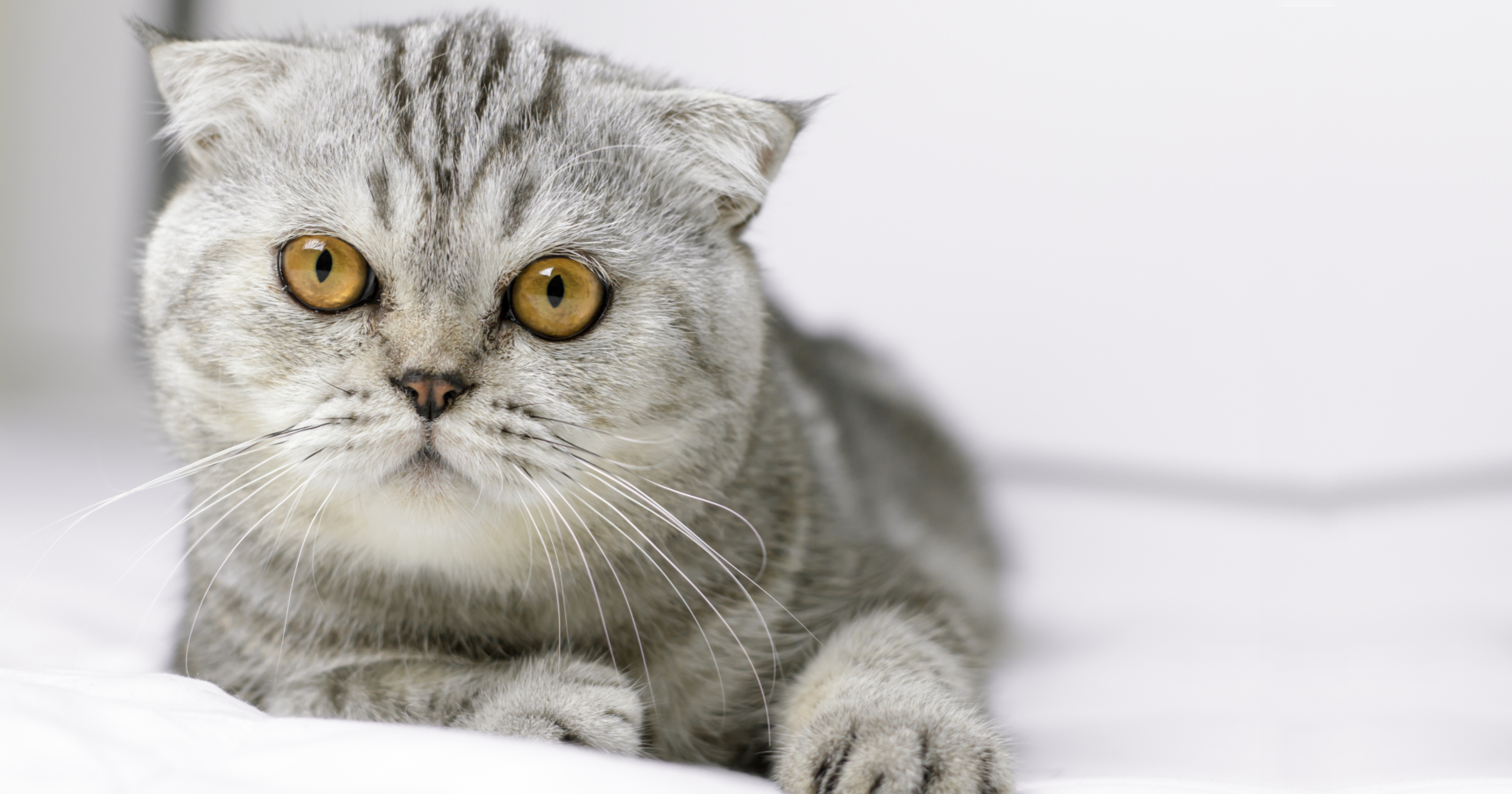HEALTH & WELLNESS

TRENDING

SIGN UP and Start Receiving
Our Monthly Newsletter,
The Chronicles
Signs that Could Mean Your Cat is in Pain

Pain and Cats
CATS MASK PAIN
It is assumed that cats feel pain in similar ways that we humans do but they cannot easily tell us where it hurts. Pain identification in cats is difficult because they don’t often vocalize. From a survival point of view, it was to a cat’s advantage to suffer quietly and not draw the attention of predators to themselves. However, a pet that is quiet and not moaning or crying out is not necessarily pain free. Since most animals are not vocal about their pain, subtle behavior and physical changes must be noted. Untreated pain has many damaging system-wide repercussions.
SIGNS THAT COULD MEAN YOUR CAT IS IN PAIN
There are observable signs and symptoms that may signal the experience of pain in cats:
Appearance and behavioral changes include:
- Lethargy
- Excessive grooming or cessation of grooming
- Anxious or uneasy
- Forehead wrinkles
- Rapid or shallow breathing
- Hiding or avoiding other cats
- Restless or aggressive without any apparent reason
- Reluctance to be touched when approached
- Vocalization that’s unusual in general
- Uncharacteristically quiet
- Difficulty using the litter box
- Inappetence
Movement and postural changes include:
- Stiff
- Limping
- Tilted head
- Holding up a limb
- Abnormal posture
- Walking with a stilted gait
- Sitting still and crouched or hunched up
- Arched back when lying down or standing
- Extended head, neck and body (possible sign of chest pain)
CONDITIONS THAT ARE OFTEN PAINFUL FOR CATS
While injury or surgical procedure will likely be painful for your cat, there are a number of other conditions that cause pain. These include:
- Arthritis – inflammation of a joint, such as the hip(s), elbow(s)
- Gum (Periodontal) disease or tooth fracture
- Cancer – especially bone cancer
- Kidney or bladder stones
- Bladder inflammation (cystitis)
- Ear infection – this can be very painful for cats, especially if the infection has been going on for a long time and/or it involves the middle or inner ear
- Inflammation of the pancreas (pancreatitis)
- Inflammation of stomach (gastritis) and intestines (enteritis)
- Digestive tract obstruction
- Eye problems, such as uveitis
IMPORTANCE OF PAIN TREATMENT AND MANAGEMENT
Paying attention to the little clues that indicate your cat is hurting and consulting with your veterinarian are crucial because unrecognized and untreated pain may lead to further deterioration of the condition or to other health issues, such as immune suppression, digestive troubles and insomnia.
Attempting to diagnose the problem on your own can actually make matters worse. Never give your cat self-prescribing medications since this can cause toxicity and further injury.
Your veterinarian will give your cat a thorough examination and provide the best treatment options available to keep your pet pain-free.
Related Article
Discover the Causes of Pain in Cats Read Now









